Welcome to our all-picture-books-all-the-time edition of The Horn Book Herald! In this issue you’ll find five questions for Julia Denos and E. B. Goodale (the team behind Windows, a 2017 Horn Book Fanfare selection); posts from our Calling Caldecott blog; lists of recommended holiday books; ideas for Family Reading; our thoughts about what makes a […]
December 2017 Picture Books Horn Book Herald: More recommended reading
• Fanfare: The Horn Book’s choices for the best books of 2017 • 2017 Boston Globe–Horn Book Picture Book Award winner and honor books • The New York Times Best Illustrated List • “Why the Hell Hasn’t Photography Won the Caldecott?!?” • Julie Danielson on running mock Caldecotts • “Calling CaldeNott”: Thom Barthelmess on extraordinary […]
December 2017 Picture Books Horn Book Herald: Calling Caldecott’s latest contenders
Begun in 2011, The Horn Book’s Calling Caldecott blog asks: What can win? What will win? What should win? Here are some of our favorite recent posts. • Roger Sutton on The Little Red Cat Who Ran Away and Learned His ABC’s (the Hard Way) by Patrick McDonnell • Tarie Sabido on How It Feels […]

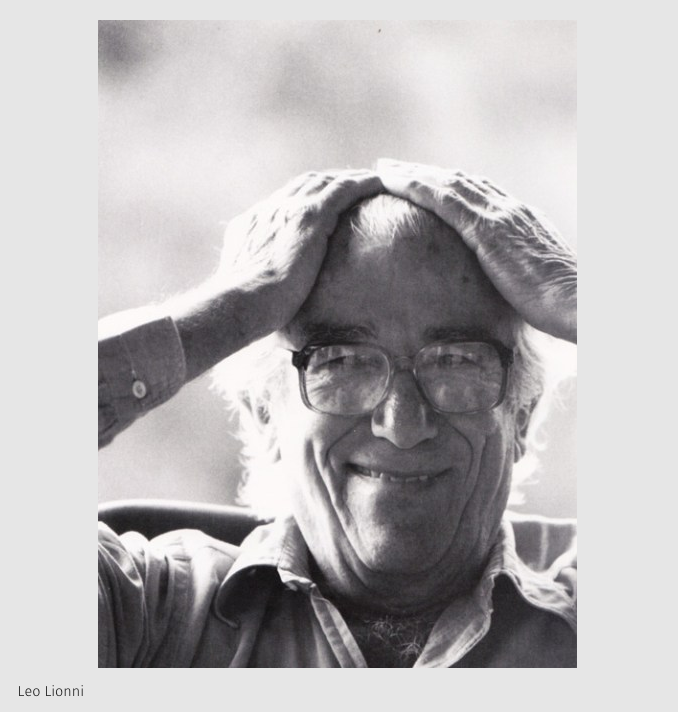 The most frequent question that children asked my grandfather Leo was, “How do you get your ideas?” He would usually start with a simple idea. Sometimes the idea would be a beginning to a story, sometimes an ending, other times it might be the main character, or the situation. But however it would start, he would work hard to create a story from that idea. He thought of it as a game of chess, moving the pieces around to create the best story possible. And so, to the question “How do you get your ideas?” he would give a simple answer — “Hard work.”
The most frequent question that children asked my grandfather Leo was, “How do you get your ideas?” He would usually start with a simple idea. Sometimes the idea would be a beginning to a story, sometimes an ending, other times it might be the main character, or the situation. But however it would start, he would work hard to create a story from that idea. He thought of it as a game of chess, moving the pieces around to create the best story possible. And so, to the question “How do you get your ideas?” he would give a simple answer — “Hard work.”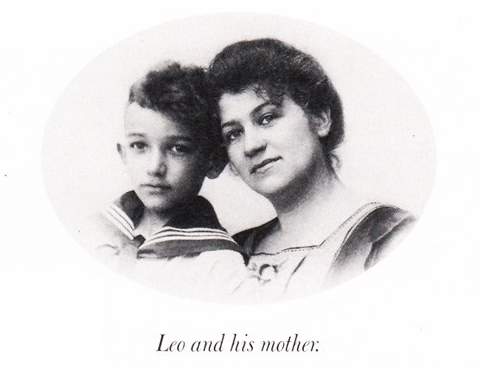
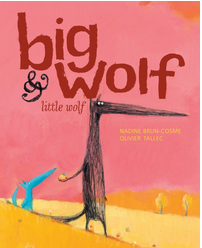 BIG WOLF & LITTLE WOLF
BIG WOLF & LITTLE WOLF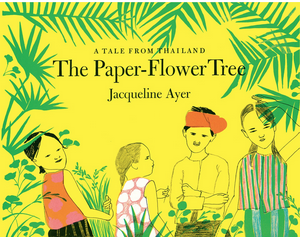 “The tree which moves some to tears of joy is in the eyes of others only a green thing which stands in the way… As a man is, so he sees,” William Blake wrote in his
“The tree which moves some to tears of joy is in the eyes of others only a green thing which stands in the way… As a man is, so he sees,” William Blake wrote in his 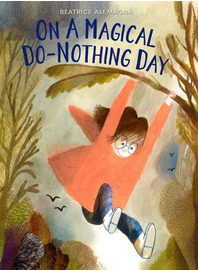 Generations of great thinkers have extolled
Generations of great thinkers have extolled 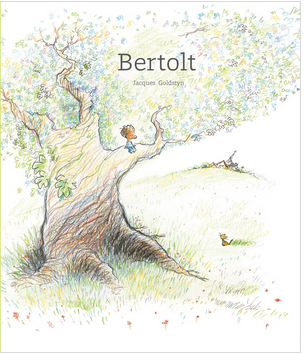 Since long before researchers began to illuminate
Since long before researchers began to illuminate  When the Voyager 1 spacecraft turned its camera back on the Solar System for one last look after taking its pioneering photographs of our planetary neighborhood, it captured a
When the Voyager 1 spacecraft turned its camera back on the Solar System for one last look after taking its pioneering photographs of our planetary neighborhood, it captured a 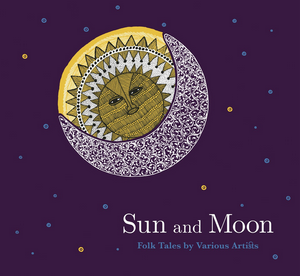 “The dark body of the Moon gradually steals its silent way across the brilliant Sun,” Mabel Loomis Todd wrote in her poetic nineteenth-century masterpiece on
“The dark body of the Moon gradually steals its silent way across the brilliant Sun,” Mabel Loomis Todd wrote in her poetic nineteenth-century masterpiece on 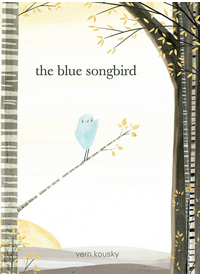 “This is the entire essence of life: Who are you? What are you?” young Tolstoy
“This is the entire essence of life: Who are you? What are you?” young Tolstoy 
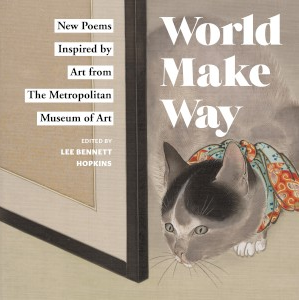 Abrams Children’s Books has announced an exclusive partnership with the Metropolitan Museum of Art Store on a new publishing program, launching in March 2018. The books will pull from the Met’s collection, covering art concepts, history and biography, and content tied to the museum’s exhibitions.
Abrams Children’s Books has announced an exclusive partnership with the Metropolitan Museum of Art Store on a new publishing program, launching in March 2018. The books will pull from the Met’s collection, covering art concepts, history and biography, and content tied to the museum’s exhibitions.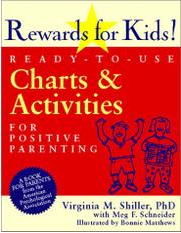 by
by 

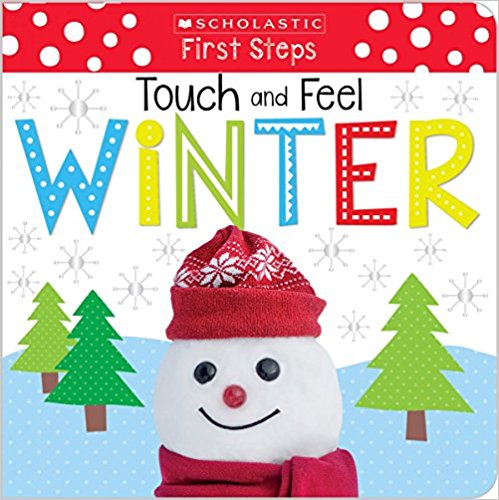

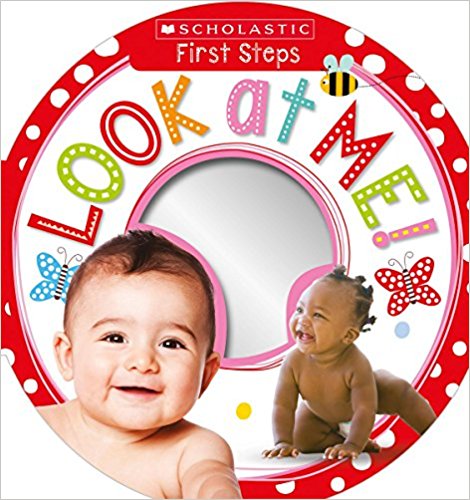
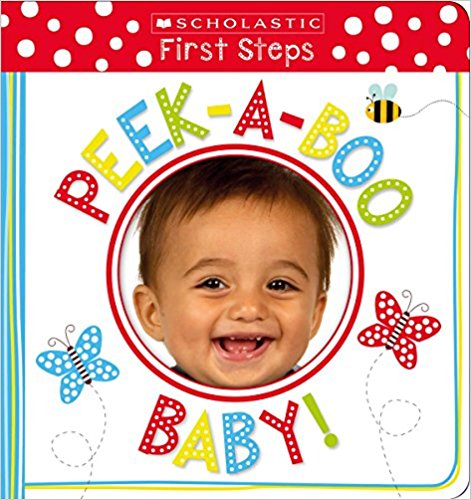

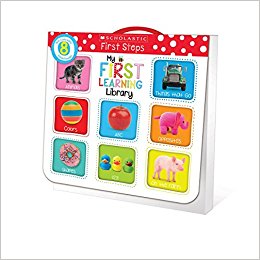
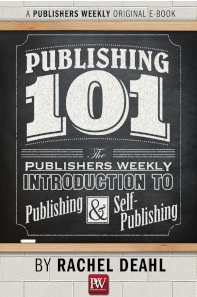 by Rachel Deahl, 2014
by Rachel Deahl, 2014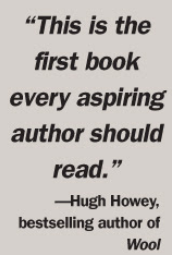
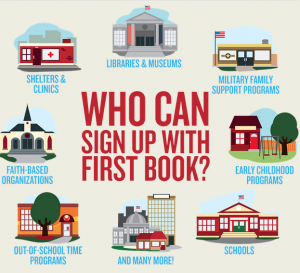 Sign up to get new books and resources for the kids you serve.
Sign up to get new books and resources for the kids you serve.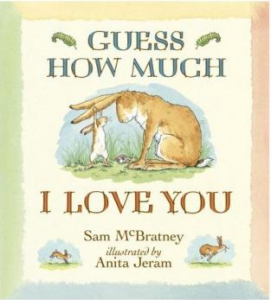 Most of us have heard how important it is to have books at home and read them,
Most of us have heard how important it is to have books at home and read them,